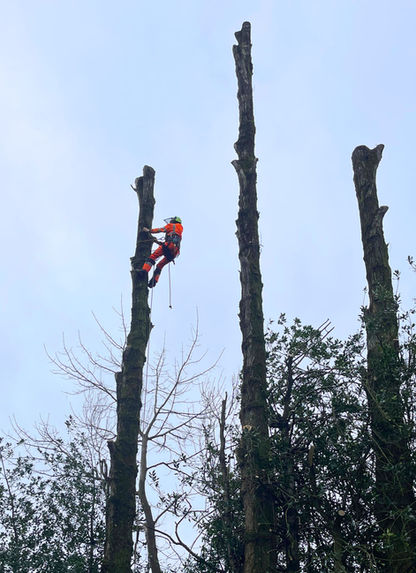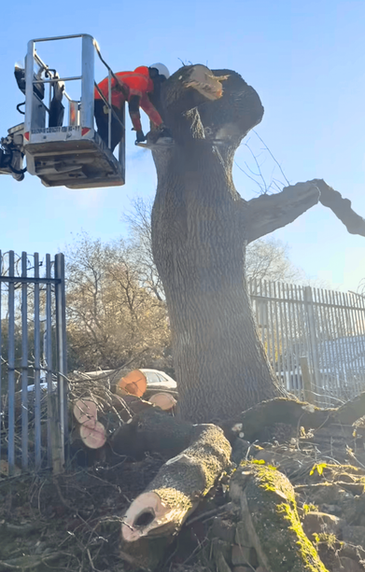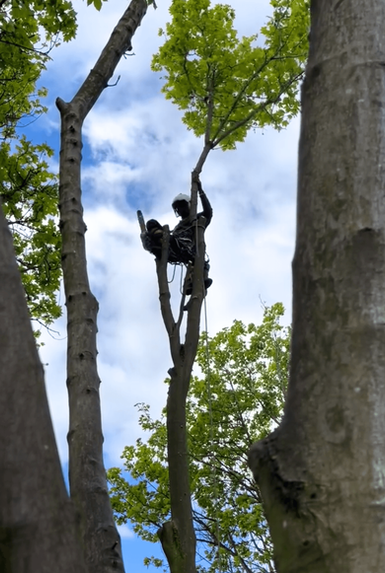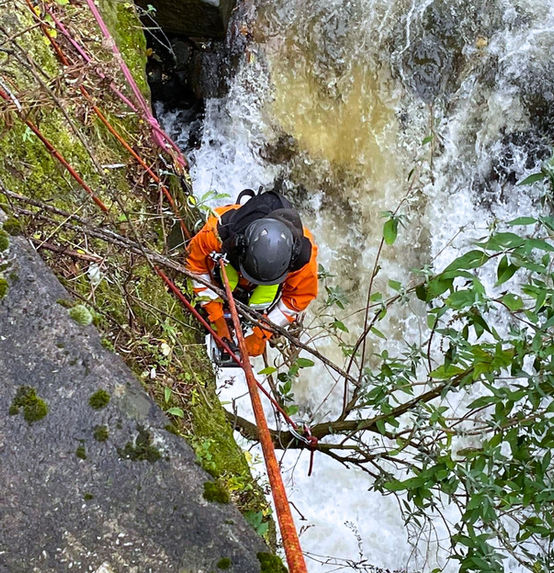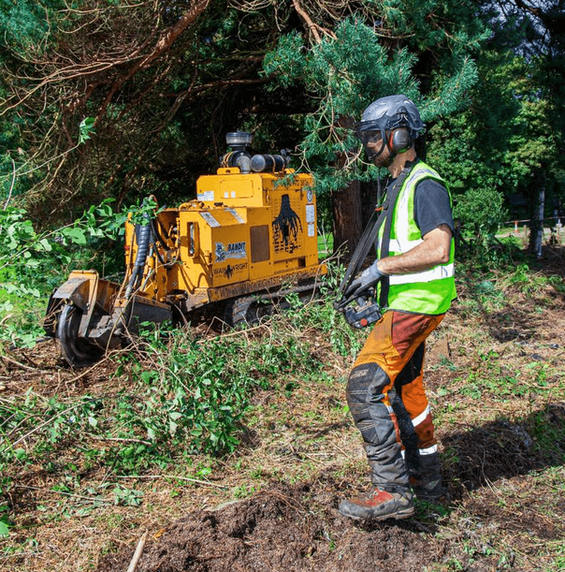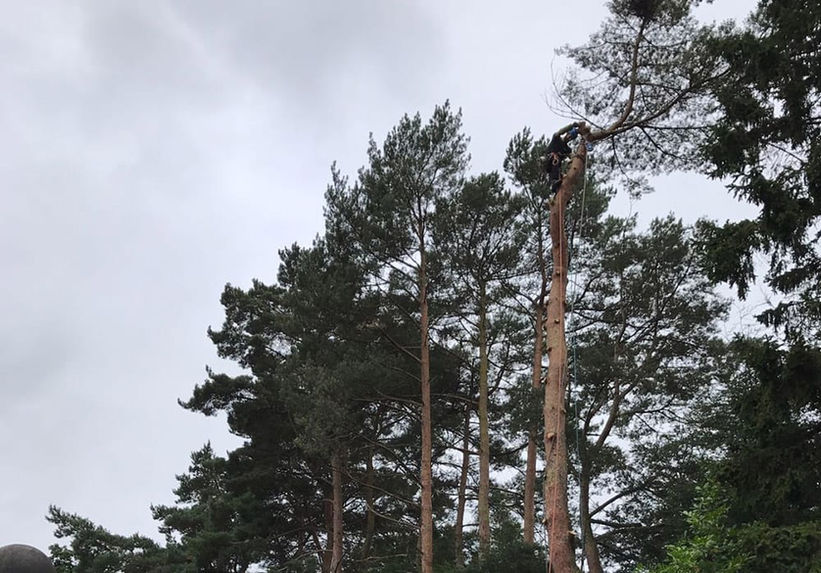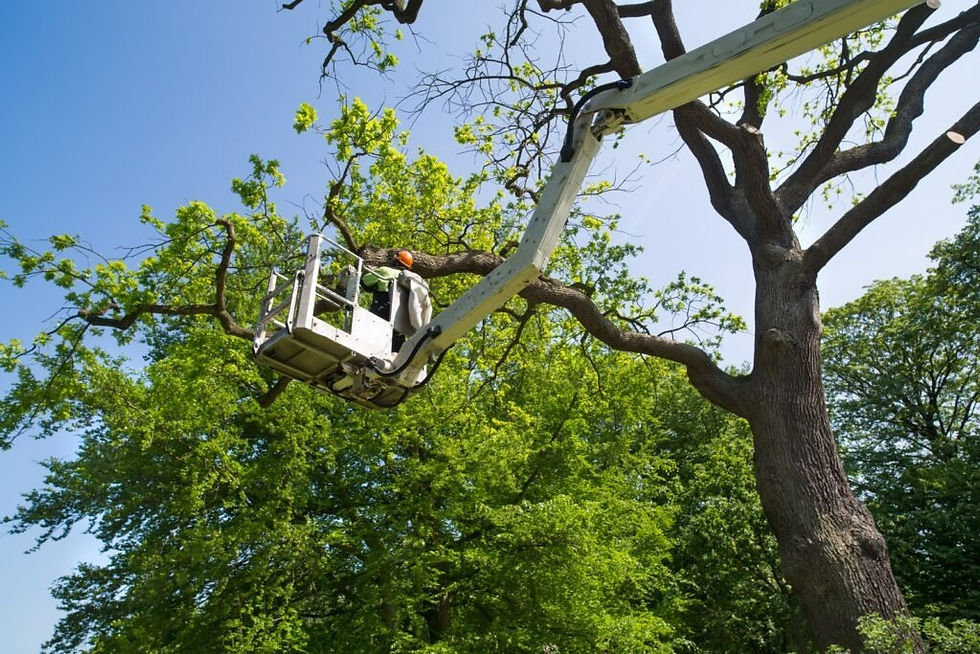Trusted Arborists with 30+ Years of Experience
Based in the North West, Wainwrights has been providing professional tree surgery and stump removal services for over three decades. Our team is fully accredited, IOSH-certified, and committed to the highest standards of safety, reliability, and care. Whether it’s a single stump in your garden or a large commercial clearance, we deliver solutions you can depend on.

Our Professional Tree & Stump Services
From single tree removals to large-scale site clearances, we provide safe, efficient, and accredited arborist services tailored to your needs.

Why Homeowners & Businesses Choose Wainwrights
30+ Years Experience
Fully Accredited
Complete Solutions
Fair & Transparent Pricing
See Our Work in Action
From stump removals to full site clearances, we’ve helped homeowners, landlords, and businesses across the North West keep their outdoor spaces safe, tidy, and well-maintained. Browse a selection of our recent projects below to see the quality and care we bring to every job.
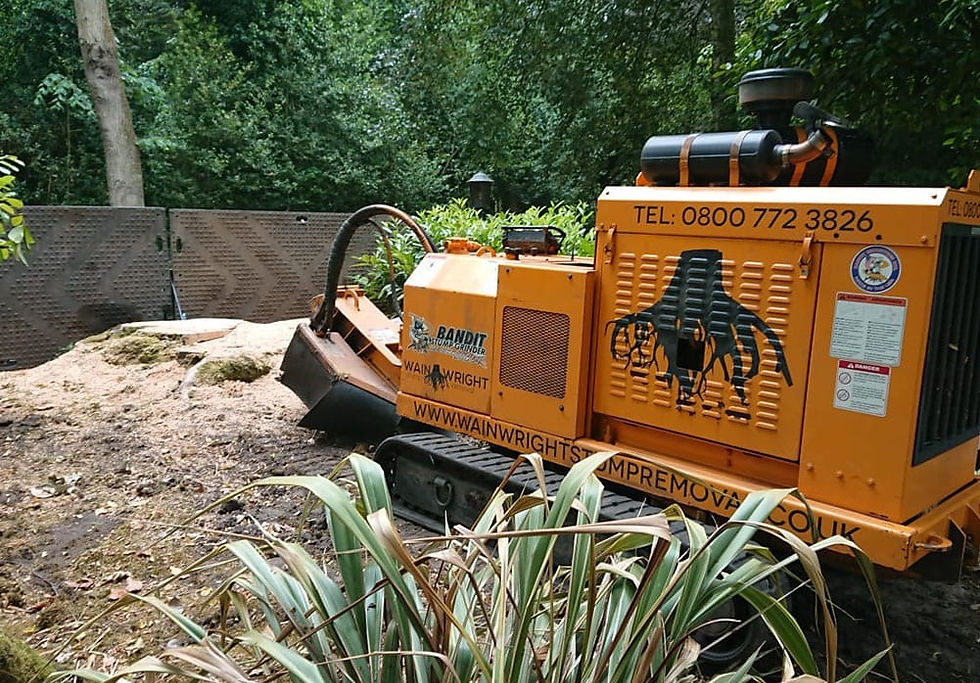
What Our Clients Say
Frequently Asked Questions








